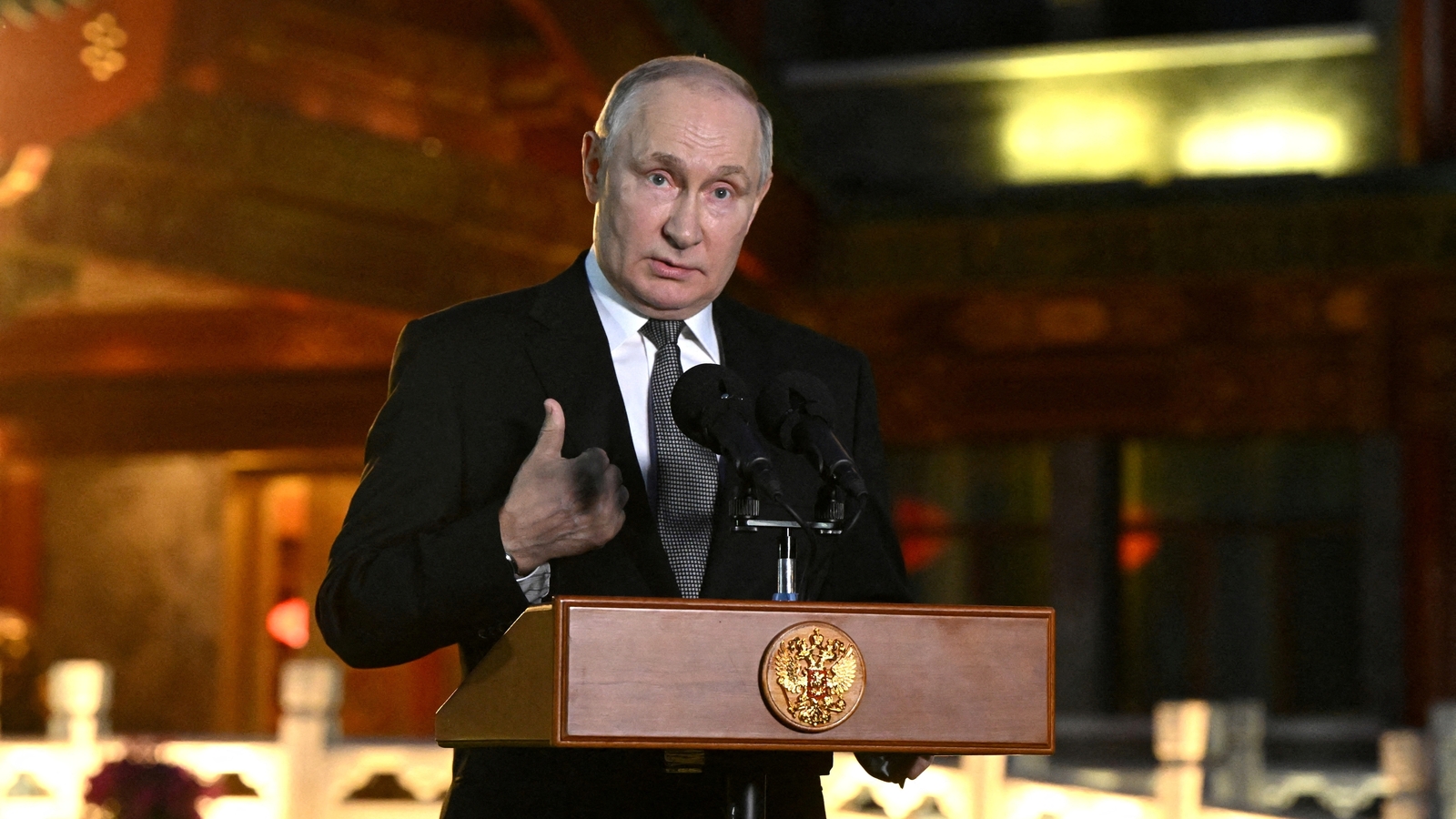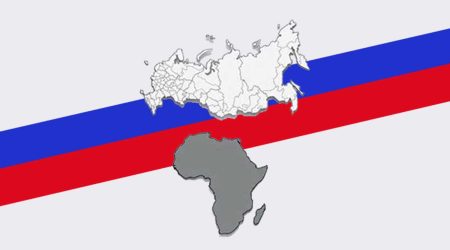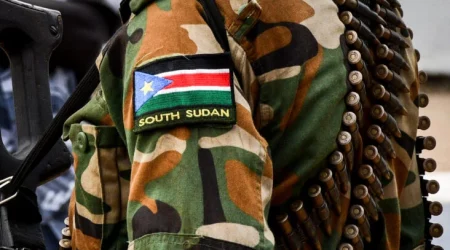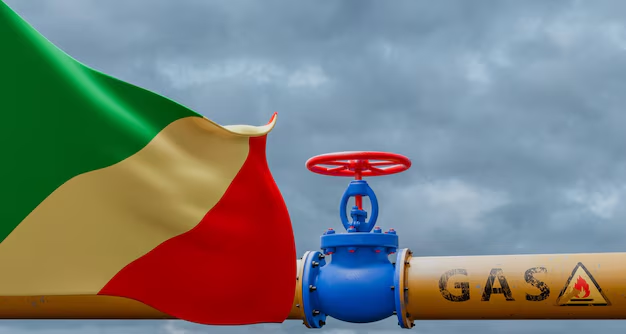
5
May
Humanitarian Leverage: Russia’s Strategic Deployment of Aid in Global Power Politics
Humanitarian aid has increasingly evolved into a strategic instrument of foreign policy, employed not merely to alleviate suffering but also to advance political and geopolitical objectives. While its overt purpose remains crisis relief, aid is frequently wielded by donor states to cultivate influence, build strategic partnerships, and reshape regional dynamics. In recent years, Russia has emerged as a notable player in this arena, developing a model of strategic humanitarianism that blends disaster relief, military cooperation, and political engagement. This approach has been most visibly applied in the Sahel, the Horn of Africa, and select post-Soviet states, where Moscow aims to challenge Western dominance and secure long-term geopolitical footholds.
During the Soviet era, Moscow projected power through ideological solidarity and military aid. However, following the USSR’s dissolution in 1991, its global presence sharply declined. Under President Vladimir Putin, Russia has pursued a resurgence – recasting itself as a counterbalance to Western hegemony. Before 2022, Russia’s humanitarian engagement in Africa was limited, primarily involving debt forgiveness on Soviet-era loans. Yet, following its invasion of Ukraine and subsequent international isolation, Moscow intensified outreach to the Global South, rebranding itself as an anti-colonial ally. This recalibration was formalized in 2022 with the adoption of the Concept of Humanitarian Policy, a decree that reframed humanitarian aid as a strategic pillar of foreign policy. While initially focused on former Soviet states, its principles – elite-centric engagement and strategically targeted aid – have been extended to Africa, particularly in regions marked by contested sovereignty and valuable natural resources.
A notable case is Russia’s engagement in Somaliland. What appeared to be humanitarian outreach was closely tied to strategic negotiations over port access. Moscow’s request for its diplomats in Djibouti to visit Somaliland under the guise of disaster response and food security was, in reality, linked to the geopolitical value of the Port of Berbera. Situated on the Gulf of Aden, Berbera offers potential control over one of the world’s busiest maritime corridors – a strategic asset for any power seeking naval reach. However, Western diplomatic pressure reportedly contributed to Somaliland’s rejection of Russia’s overtures, prompting a swift pivot to Mogadishu.
Within weeks, Russia announced a new aid package for Somalia. This package combined immediate disaster relief with long-term support in technical training and infrastructure, bolstering Somalia’s capacity to counter Somaliland’s claims to independence. By aligning itself with the internationally recognized Somali government, Russia gained indirect leverage over Somaliland’s diplomatic aspirations, while positioning itself as a partner in Horn of Africa stabilization efforts.
In response, the U.S. and EU launched counter-initiatives. The U.S. accelerated recognition talks with Hargeisa, while the EU pledged millions to modernize Berbera Port – an effort widely interpreted as an attempt to preclude Russian involvement. Yet, the appeal of Western aid is hampered by its conditionality. In contrast, Russia’s no-strings-attached model – framed as respect for sovereignty – resonates more strongly with many African governments.
Russia’s approach to humanitarian diplomacy is no longer symbolic. It is tactical, transactional, and purpose-driven. The risks, however, are real. Overreliance on unstable regimes – as demonstrated in Sudan under President Omar al-Bashir – can entangle Russia in protracted conflicts. Nevertheless, Moscow has continued its outreach, increasing grain shipments to Sudan in 2024, according to World Food Programme reports. This surge in aid appears to have underpinned Russia’s recent agreement to establish a naval base there.
In neighboring South Sudan, Russia has paired security assistance with educational investments, echoing Soviet-era tactics. This dual strategy – arming the present while educating the future elite – cements Moscow’s long-term influence. Similarly, in the Sahel, particularly in Mali and Burkina Faso, Russia has provided emergency food aid and security support following the expulsion of French forces. The deployment of Wagner Group contractors and emergency relief efforts reinforce Moscow’s image as an alternative to Western intervention.
In the Central African Republic (CAR), a clear pattern of aid-for-access has emerged. Since 2018, Russian advisors have trained CAR’s military in exchange for mining and logging concessions. In 2025, Moscow pledged millions in medical aid to combat malaria, leveraging health diplomacy to deepen ties and legitimize its presence.
Underpinning all these moves is Russia’s broader vision of a multipolar world order. At the 2025 Russia–Africa Summit, Moscow emphasized Africa’s future global importance and championed the continent’s independent voice in multilateral institutions. Humanitarian aid, framed as a tool to counteract the perceived conditionality and paternalism of Western assistance, became central to this narrative.
This shift has major implications for great power competition. Aid is no longer a neutral act of goodwill – it is a battleground for geopolitical influence. As Russia embeds itself deeper in Africa through humanitarian engagement, the West must confront a strategic dilemma: adjust its aid model to compete, or risk ceding strategic terrain to Moscow.
In the Horn of Africa and across the Sahel, the consequences of this contest are likely to shape political alignments and regional stability for decades. The Concept of Humanitarian Policy redefines aid as a system of goals, principles, and instruments for advancing Russian foreign policy. The timing and substance of the decree reveal a sophisticated adaptation: humanitarianism is no longer an appendage of policy – it is its vanguard.
By Yonas Yizezew,Researcher,Horn Review










